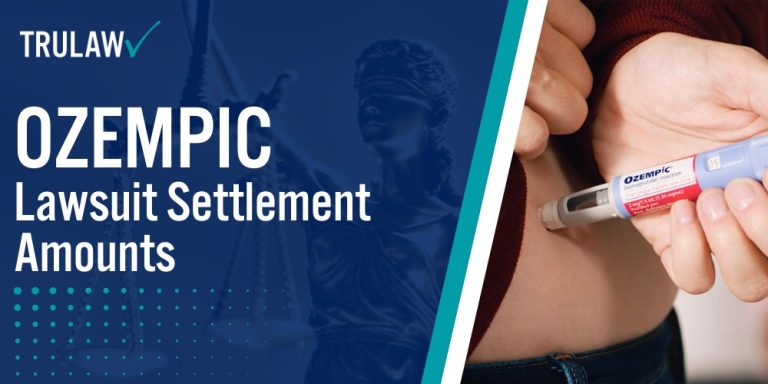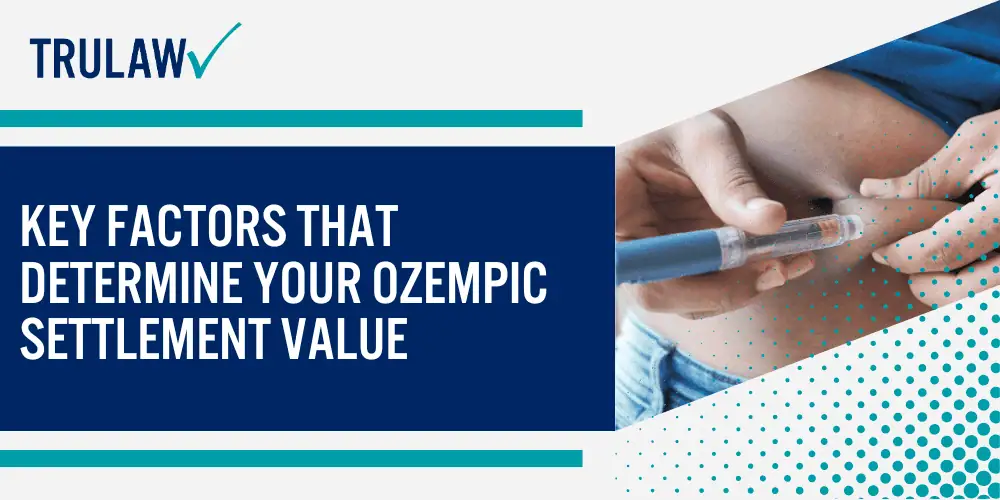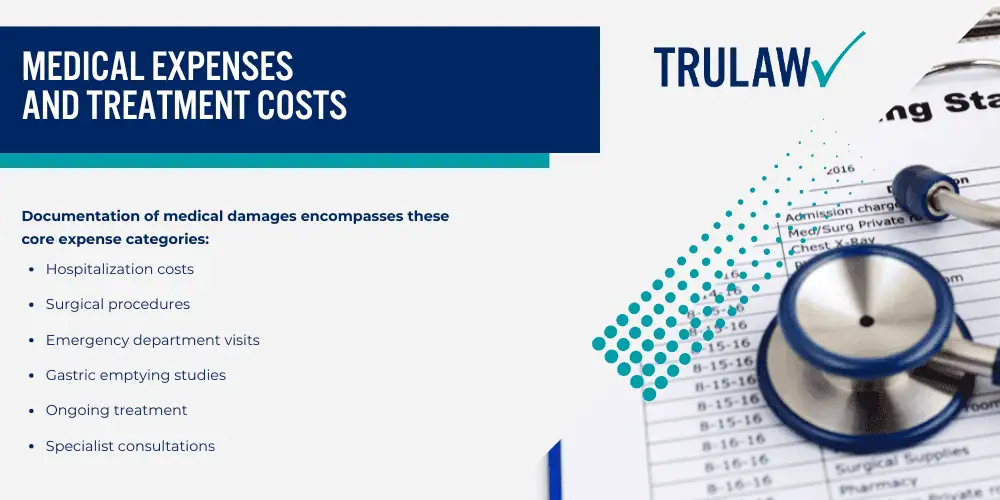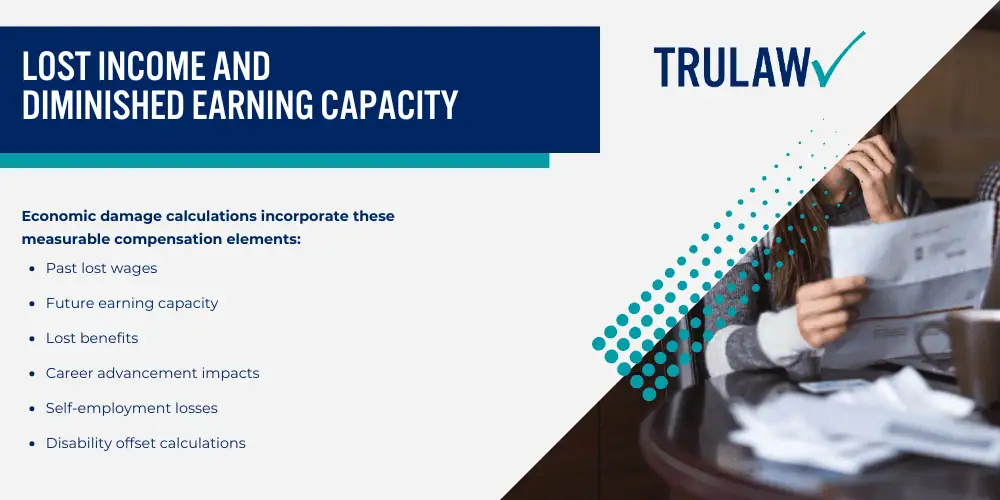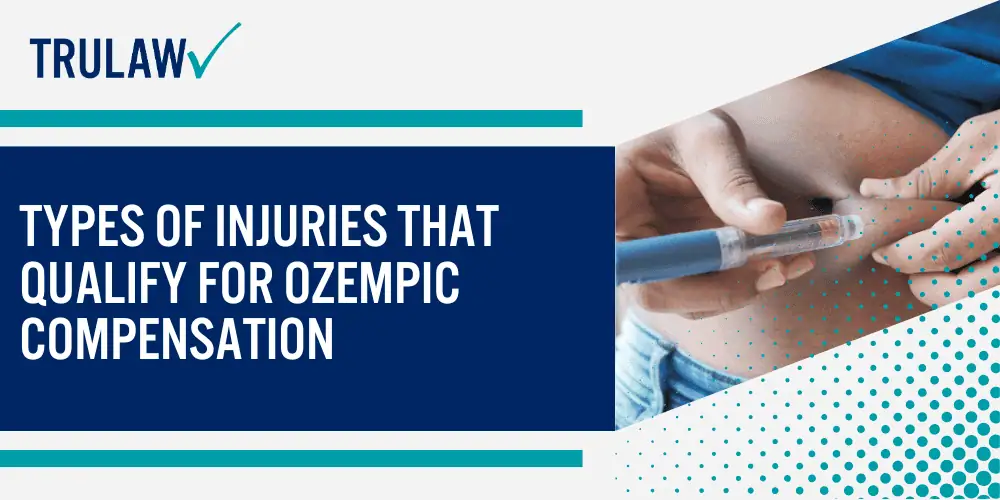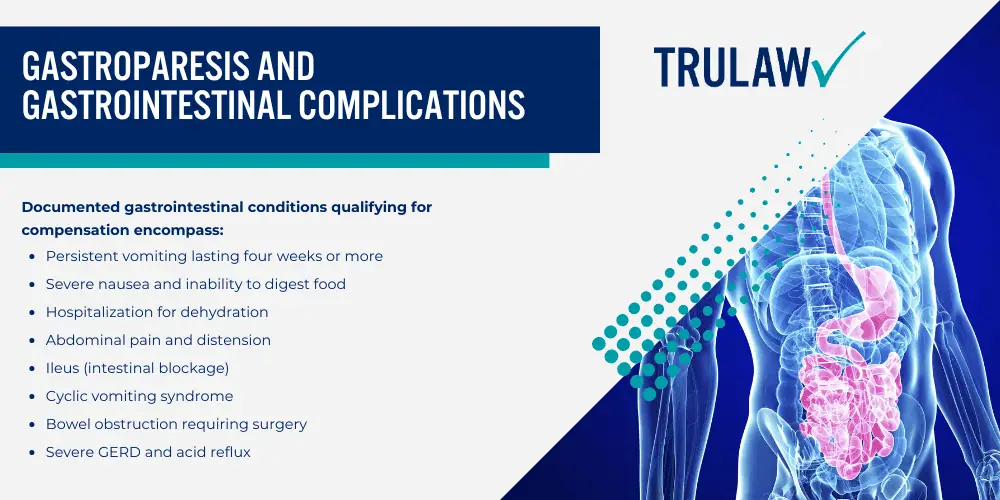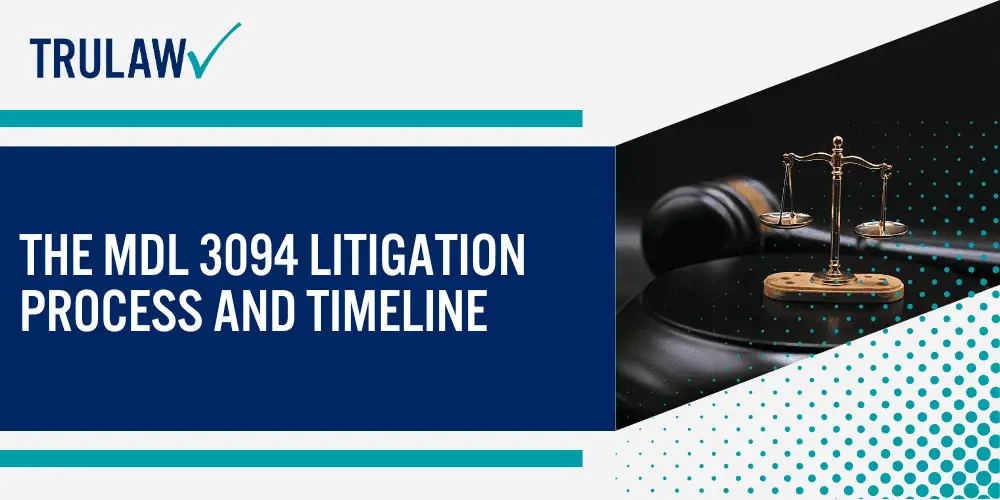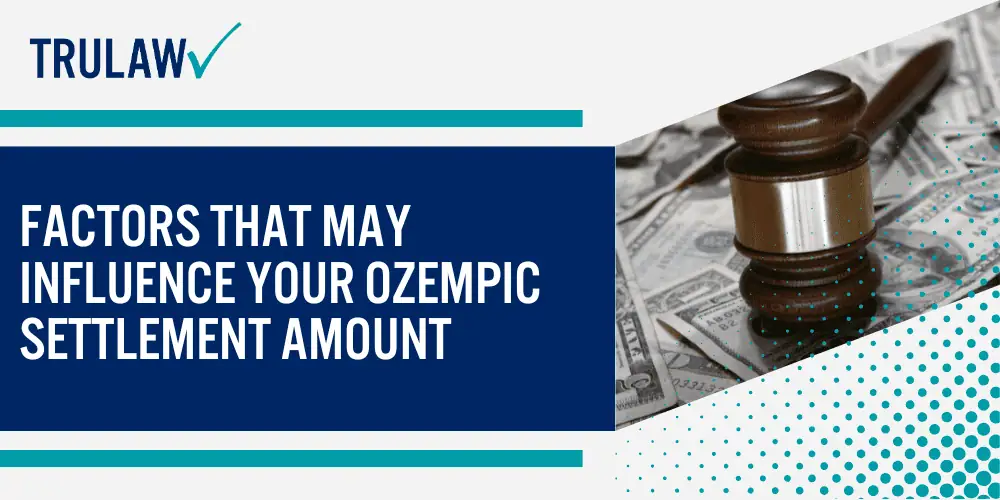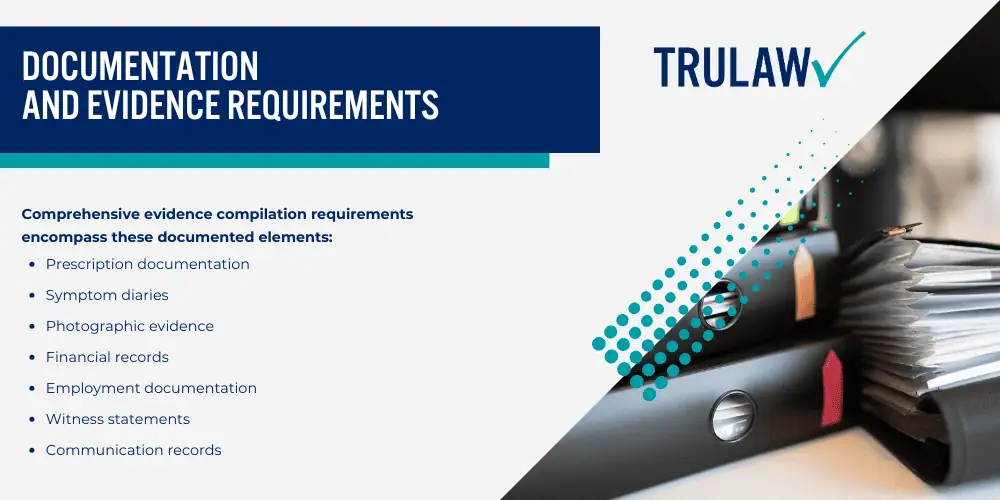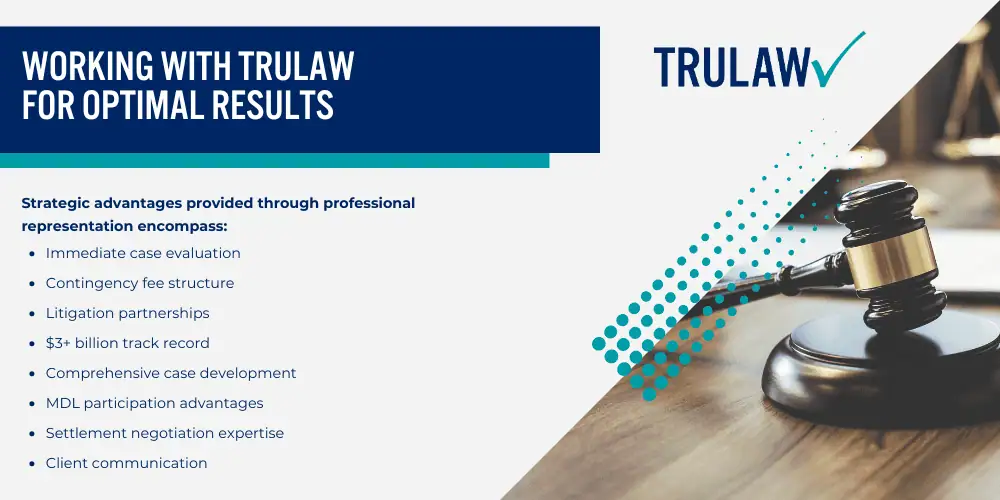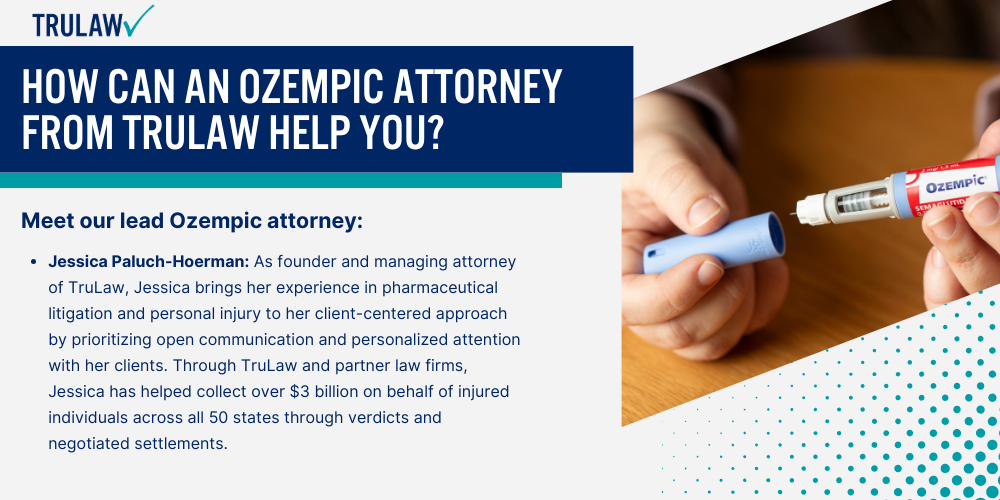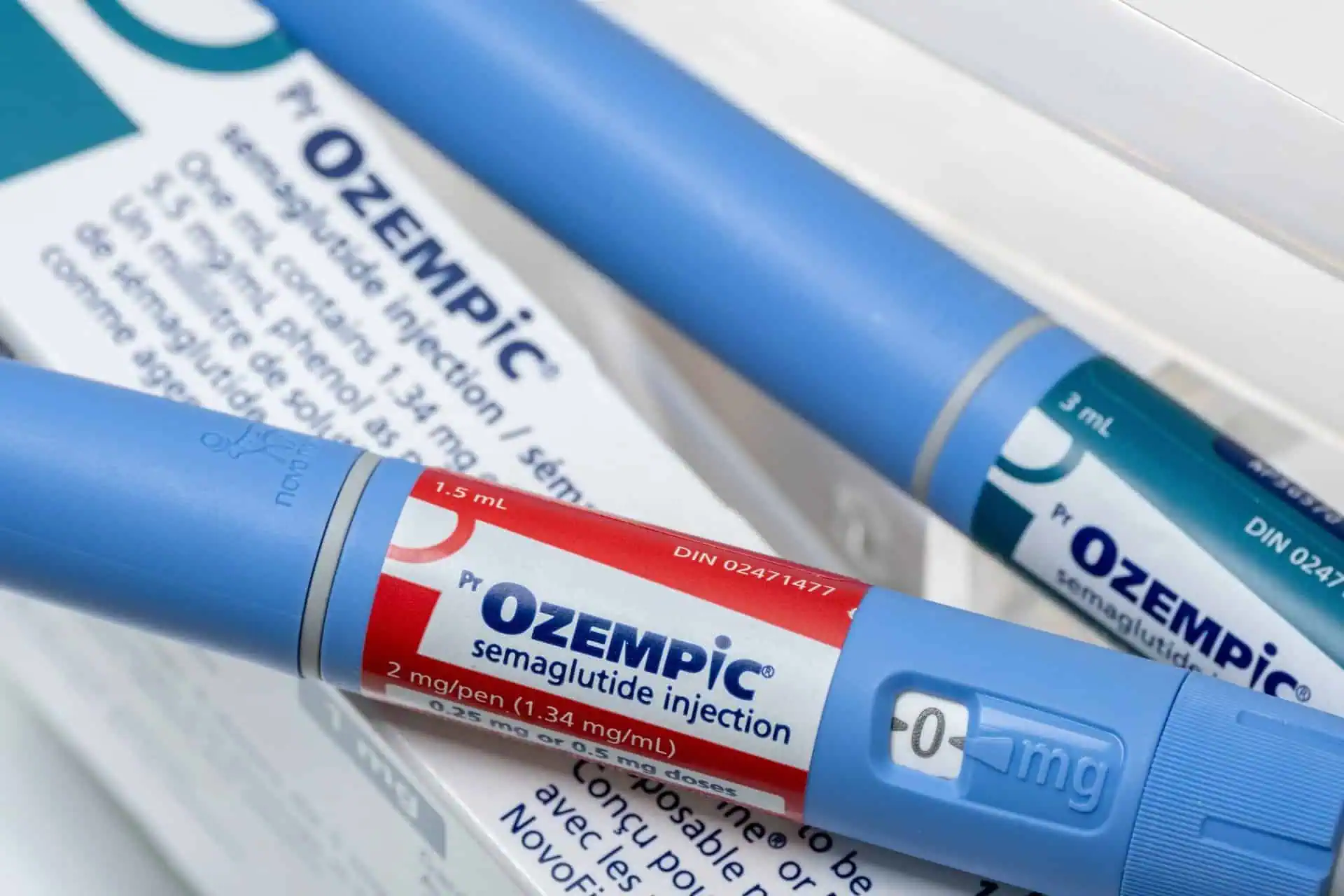Legal experts analyzing the rapidly expanding Ozempic litigation project substantial settlement amounts ranging from $400,000 to $700,000 for severe gastroparesis cases, with NAION vision loss claims potentially exceeding $1 million per case.
While no global settlements have been finalized in MDL 3094, which now encompasses 2,190 pending cases as of August 2025, these estimates reflect careful analysis of comparable pharmaceutical litigation patterns and the severity of injuries being reported.
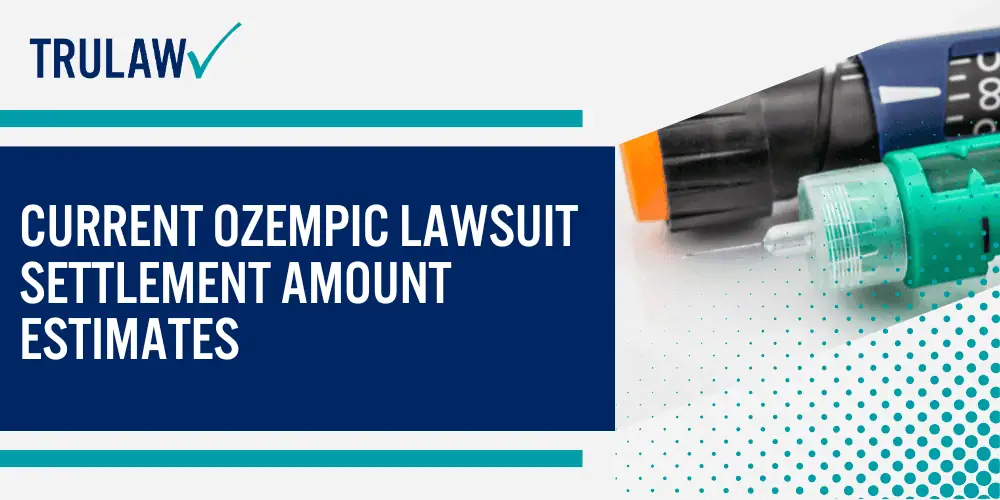
The multidistrict litigation continues to gain momentum with nearly 200 new lawsuits filed in July 2025 alone, signaling growing awareness among patients who experienced severe gastrointestinal complications or vision loss after taking this blockbuster medication that has become increasingly popular for weight management purposes.
Projected Settlement Ranges by Injury Severity
Legal settlement projections reveal the following compensation tiers based on documented injury patterns:
- Severe gastroparesis with gallbladder removal: $400,000-$700,000, particularly for cases involving documented surgical interventions with average laparoscopic cholecystectomy costs ranging from $10,000-$20,000
- Moderate gastrointestinal complications requiring hospitalization: $250,000-$400,000, reflecting average gastroparesis hospitalization charges of $34,585 per stay according to published healthcare utilization studies
- NAION vision loss or sudden blindness: $700,000-$1,500,000, with the European Medicines Agency classifying this serious and irreversible condition as affecting up to 1 in 10,000 semaglutide users
- Chronic gastroparesis requiring ongoing treatment: $300,000-$500,000, considering that severe gastroparesis inpatient care costs $7,000 monthly based on clinical research data
- Multiple complications or injuries: $500,000-$900,000, particularly when involving both gastrointestinal and vision-related conditions
- Wrongful death claims: Potentially exceeding $1 million, depending on age and economic factors of the deceased
These projections derive from analysis of similar pharmaceutical mass tort settlements where gastrointestinal injuries and permanent sensory loss resulted in substantial compensation awards.
The Eastern District of Pennsylvania MDL 3094 docket shows the litigation’s rapid growth from just 55 cases in February 2024 to over 2,190 by August 2025, indicating widespread recognition of these serious adverse effects.
Younger plaintiffs typically command higher Ozempic settlement payout values due to longer life expectancy and greater cumulative economic losses over their remaining years.
The presence of over 140 NAION-related Ozempic vision loss lawsuits within the MDL has prompted plaintiffs’ leadership to request creation of a separate “Vision Injury Track” for streamlined discovery and potentially accelerated resolution of these particularly severe claims.
Legal experts base these projections on settlements from comparable pharmaceutical litigation involving gastrointestinal injuries and sensory loss.
The severity of gastroparesis symptoms, particularly when patients experience persistent vomiting lasting four weeks or more, substantially influences case valuation.
Plaintiffs who underwent gallbladder removal surgery directly linked to Ozempic usage represent some of the strongest claims in the litigation, as surgical intervention provides clear documentation of injury severity.
Vision loss cases command premium settlement values because NAION causes permanent, irreversible damage to the optic nerve, fundamentally altering plaintiffs’ quality of life and earning capacity.
Please be advised that the projected settlement amounts listed above are general estimations and are not guaranteed.
These figures are based on opinions of legal experts analyzing comparable pharmaceutical mass tort cases and the nature of injuries typically seen in similar litigation.
If you or a loved one experienced severe gastroparesis, vision loss, or underwent gallbladder surgery after taking this weight loss drug, you may be eligible to seek compensation.
Contact TruLaw using the chat on this page to receive an instant case evaluation and determine whether you qualify to join others in filing an Ozempic lawsuit today.
Why Settlement Amounts Remain Uncertain
The Ozempic MDL remains in its early discovery phase with no bellwether trials scheduled before 2026, creating uncertainty around final settlement values that will ultimately depend on scientific evidence strength, jury reactions to test cases, and defendants’ willingness to negotiate global resolutions.
Judge Karen Marston, who assumed oversight of MDL 3094 following Judge Pratter’s unexpected passing in May 2024, has emphasized maintaining litigation momentum while ensuring thorough discovery processes that will establish causation between semaglutide and the various injuries alleged.
The absence of completed bellwether trials means both sides lack vital data about how juries will respond to evidence regarding what plaintiffs allege Novo Nordisk failed to properly warn about gastroparesis risks and whether warning labels adequately disclosed these dangers to physicians and patients.
Discovery proceedings currently focus on internal communications within Novo Nordisk regarding gastroparesis reports, clinical trial data analysis, and marketing materials provided to healthcare providers.
The FDA’s adverse event reporting system contains thousands of gastroparesis reports linked to semaglutide products, providing plaintiffs with substantial evidence of widespread injuries.
Scientific studies published in peer-reviewed journals continue to emerge, strengthening the causation argument that will prove central to settlement negotiations.
The typical pharmaceutical MDL timeline suggests resolution may take 2-4 years from establishment, placing potential global settlements sometime between 2026 and 2028.
The litigation’s intricacy increases with multiple injury types now being pursued, including not only gastroparesis but also NAION vision loss, deep vein thrombosis, pulmonary embolism, and pancreatitis claims.
This diversity of injuries may lead to tiered settlement structures with different compensation levels for various conditions.
Defense strategies focusing on challenging gastroparesis diagnostic criteria and arguing that product labeling adequately warned of gastrointestinal risks add layers of uncertainty to settlement projections.
However, the sheer volume of cases and continuing monthly growth suggest defendants may eventually seek global resolution rather than face thousands of individual trials across multiple jurisdictions including New Jersey state court proceedings.
TruLaw partners with leading litigation teams to ensure clients receive expert guidance throughout this evolving legal landscape, providing immediate answers about eligibility while the MDL progresses toward resolution.
